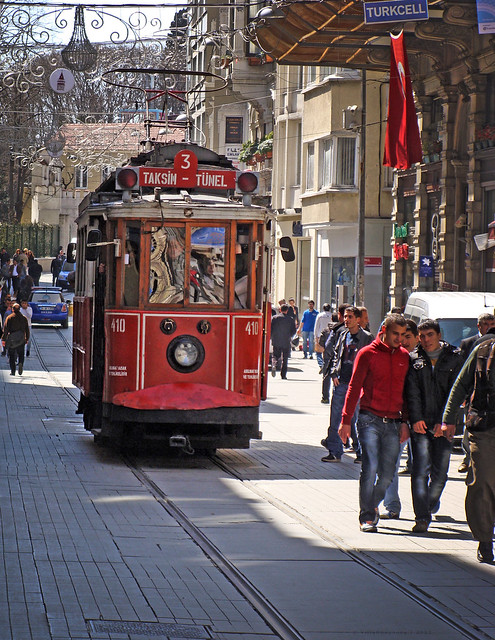This paper analyzes factors explaining supply and demand of local public transportation. Together with variables related to traditional economic factors and mobility, we consider variables reflecting institutional characteristics and geographical patterns. Being a political capital increases supply and demand of local public transportation, inequality is associated with higher supply, and contracting out reduces supply. Furthermore, our regional analysis allows us capturing the effect of geographical characteristics and different traditions of government intervention. In all, we provide first evidence on the role played by institutional and regional characteristics useful to achieve a better understanding of local public transportation supply and demand.

mroe about sustainable urban transportation:
Oh Wow this is a very interesting read. This strategies would surely also work in Africa.
ReplyDelete